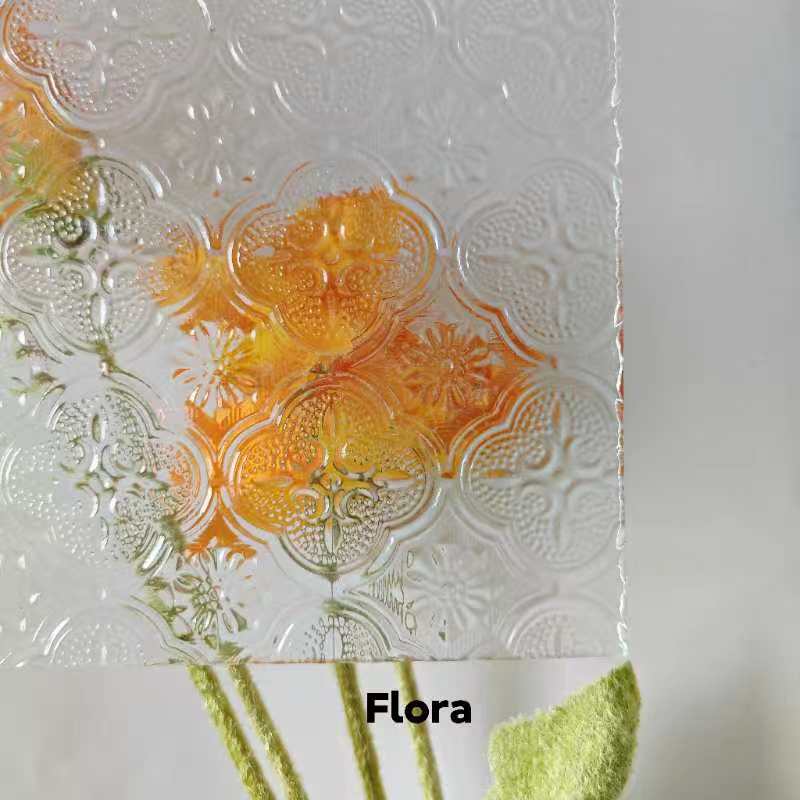

The Beauty and Utility of Decorative Architectural Glass
Decorative architectural glass has become an essential element in contemporary design, marrying aesthetics with functionality in a way that transforms spaces while maintaining their structural integrity. This versatile material can be found in various architectural applications, including facades, windows, partitions, and interior features, allowing architects and designers to play with light and color while crafting unique atmospheres.
One of the primary benefits of decorative architectural glass is its ability to manipulate natural light. The interplay of light with glass adds depth and dimension to a space, enhancing the overall ambiance. For instance, when used in large windows or skylights, decorative glass can create a sense of openness, inviting the outside environment in. The translucent properties of frosted or etched glass invite soft, diffused light, creating tranquil settings ideal for residential and commercial spaces alike.
Moreover, decorative glass can significantly impact the aesthetic narrative of a building. With options ranging from stained and laminated glass to acid-etched and digitally printed varieties, the design possibilities are virtually limitless. Designers have the ability to incorporate intricate patterns, vivid colors, and even photographic imagery into glass, allowing them to express their artistic vision while also reinforcing the brand identity of commercial enterprises. A well-designed glass facade can serve as a striking focal point, making a strong statement that attracts attention and draws people into the space.

In addition to aesthetic appeal, decorative architectural glass also offers practical benefits. It can enhance privacy without sacrificing natural light, making it suitable for both residential and office environments. For example, patterned glass can provide visual barriers while still allowing daylight to filter through, thus balancing privacy and openness. Moreover, advancements in technology have led to the development of energy-efficient glass options that can contribute to a building's sustainability goals. Low-emissivity (low-E) coatings and insulated glass units help regulate indoor temperatures, reducing energy consumption while maintaining the beauty of decorative elements.
Another important aspect of decorative architectural glass is its adaptability to different styles and contexts. Whether in modern, minimalist designs or in traditional settings, decorative glass can be tailored to complement the specific architectural language of a building. This adaptability makes it a favored choice among architects looking to create cohesive designs that resonate with their surroundings.
In conclusion, decorative architectural glass is more than just a design element; it is a powerful tool that enhances both the functionality and beauty of spaces. Its ability to interplay with light, offer design versatility, ensure privacy, and promote sustainability makes it an invaluable resource in modern architecture. As the demand for artistic yet practical design continues to grow, decorative architectural glass is poised to play an increasingly prominent role in the buildings of the future.